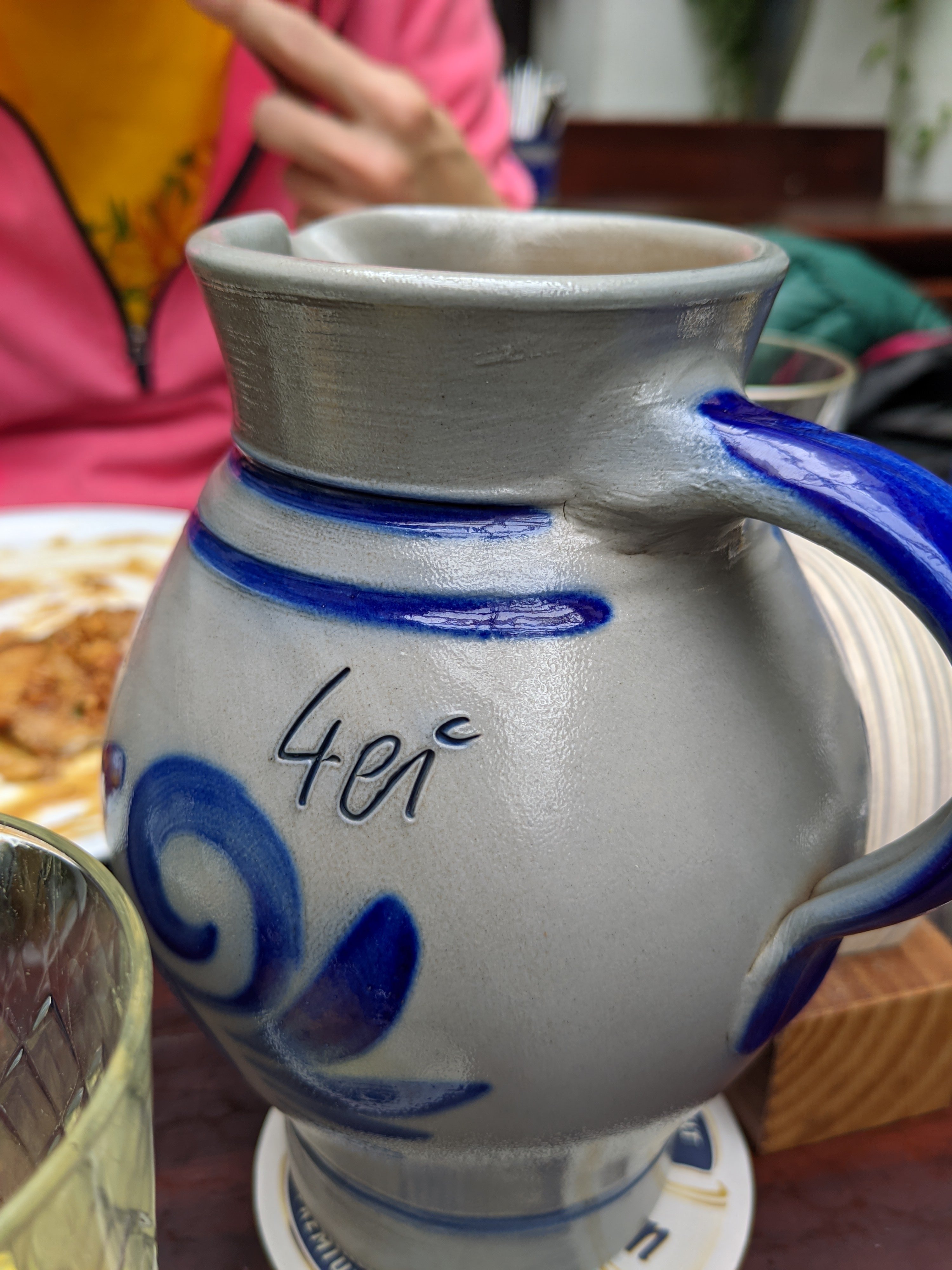This looks like it’s including wildfire related smoke, otherwise, places like Eugene wouldn’t be on the list.
Also, “Bay Area” is a city?
Does this map know where Chico and Reno actually are? Or did the person that made it just kind of guess the area?
Also, cities in valleys would have worse air because air just collects and stagnates there. The real amazement is that any city in a plain or on the coast has horrible pollution close to a valley city. That’s why 4 of the top 7 cities are all within the same valley and a hundred-ish miles of each other.
Check out Las Vegas just south of Chicago
It’s not super clear on this map, but there are two 19s and two 14s. Vegas is in its correct position, but there’s a second 19 as there is another city tied for its score. It should have been clearer, especially given the map setup.
FYI, neither of the ‘19’s are south of Chicago on this map.
Edit: Judges would have accepted ‘11.’
Why is New York not even on the map?
I was wondering that myself. But
PM2.5 concentration in New York City is currently 1.1 times the WHO annual air quality guideline value
We seem to be right in line with guidelines. Now, does that account for brake dust? If it does, that’s beyond shocking. So many goddamn cars here, all in stop and go traffic constantly. Just turn off the goddamn cars, people. Wtf are you even doing? You’re almost killing me on my bike every day and you just don’t look happy. Not to mention, I ride past 100 of you and get to where I’m going faster than you do. You have a problem. Admitting it is the first step.
Seems a bit suspect to me. “Bay Area” isn’t a city. It IS a metropolitan area but contains over 100 municipalities. Let’s see how that compares, apples-to-apples.
I have done many cross country trips, the smog in Phoenix in recent years is so not surprising but unexpected at the same time. Why that city continues to grow evades me considering the accelerating water/climate crisis.
I’m surprised that Salt Lake City isn’t on this list, though I guess it might make sense based on average year round pm 2.5, since SLC will have mostly good days, with a few absolutely terrible days due to inversion, lakebed dust, or wildfires.
Glad Atlanta isn’t up there.
California: 8 out of 19 – winning!
When the state is perpetually on fire air quality suffers
I mean, what should we be optimizing for here? Is it better to have a sparsely populated, sprawling suburb state? Or is it better to have high density areas (e.g., the Bay Area) with surrounding open space (CA has a lot of pristine & protected wilderness)? CA obviously has both high density areas and some sprawl; but I’m guessing that pollution generated per capita is better in a place like the bay area than in more rural parts of the country on account of being able to walk, bike, or take public transportation places.
Also, as others pointed out, wildfires — not sure how these numbers are generated, but if it’s just a simple average than it doesn’t capture the health consequences I’m guessing: during wildfires, it’s not uncommon to wear an N95 outside, and basically avoid outside if possible (and certainly no exercise outdoors).




